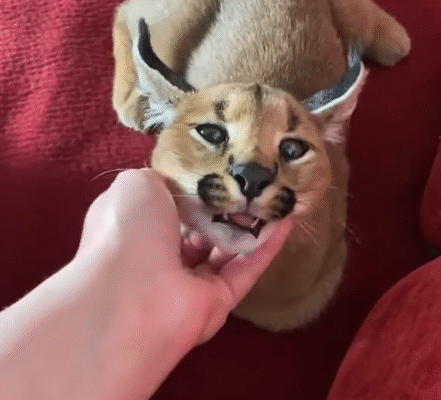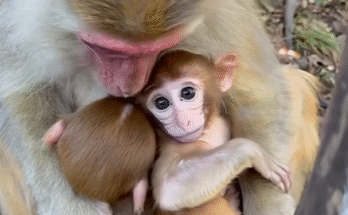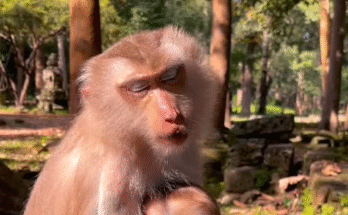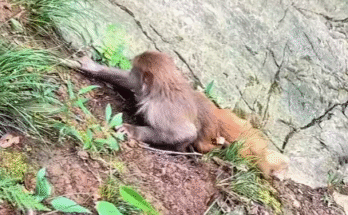
In a quiet little village nestled between green hills and flowing streams, lived a cat named Momo. She wasn’t just any cat—she was small, fluffy, with snow-white fur and the biggest round eyes that sparkled like stars. Everyone in the village knew her, not only because of her charming looks but also for her gentle and curious personality. Momo had become the heart of the village without even trying.
Momo lived with an elderly woman named Grandma Lin, who had found her as a kitten shivering under a bush one rainy evening. Grandma Lin took her home, dried her fur with a soft towel, and fed her warm milk. From that moment on, Momo and Grandma Lin were inseparable.
Every morning, Momo would jump onto the windowsill and meow gently to wake Grandma Lin. After a big stretch and a loud yawn, the two would begin their day together. Grandma Lin would make tea, and Momo would curl up in a sunbeam nearby, watching the steam rise from the cup with fascination.
The villagers adored Momo. Children brought her little toys they made from yarn and sticks, and the bakery owner often saved her a small croissant from the morning batch. She was welcome everywhere—from the local bookshop, where she would nap in a corner, to the flower shop, where she liked to sniff the roses and chase fallen petals.
One of Momo’s favorite spots was the village fountain. Every afternoon, she would trot over to the square, her tail held high, and sit beside the bubbling water. Tourists and neighbors alike would stop to pet her, take photos, and chat. Momo never seemed bothered—she liked the attention, especially if it came with treats.
What made Momo even more special was her kindness. One chilly winter, a stray kitten wandered into the village, thin and trembling. While most animals might be territorial, Momo walked right up to the kitten and rubbed noses with it gently. She led it to Grandma Lin’s house, meowing insistently until the door opened. The kitten, later named Yuki, found a new home that day—and a big sister in Momo.
As the seasons changed, Momo changed with them. In spring, she would chase butterflies in the garden and roll in the soft grass. In summer, she would sprawl lazily on the porch, too warm to do much except blink sleepily. In autumn, she liked to bat at falling leaves, hopping about like a kitten. And in winter, she would nestle under blankets beside Grandma Lin, purring like a tiny engine.
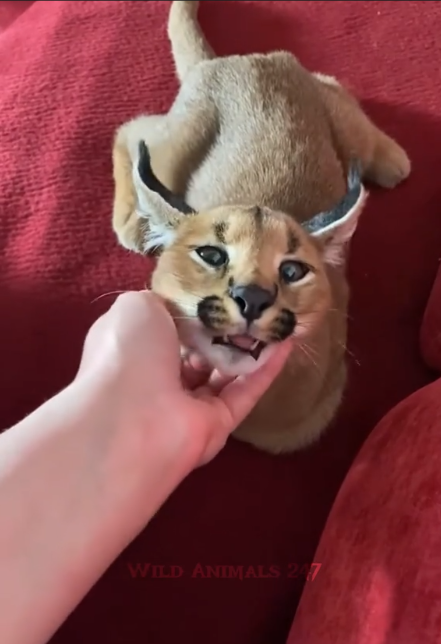
One memorable autumn day, the village hosted a harvest festival. Everyone was excited—there were food stalls, music, and games. Of course, Momo had to be part of it. Grandma Lin even made her a little hat shaped like a pumpkin. Momo wore it proudly, strutting through the festival like royalty. Children laughed and followed her, giggling as she batted at colorful ribbons and confetti. She even sat for a painting session, becoming the star of a watercolor piece that still hangs in the village hall.
Momo’s gentle spirit had a way of bringing people together. One day, a shy boy named Kenji moved into the village with his parents. He didn’t speak much and always kept to himself. But Momo, sensing his loneliness, began visiting him every day. She’d sit near him in the park or curl up on his porch. Slowly, Kenji opened up. He started talking to Momo, then to the other children who came by to see her. Before long, he had made friends—all thanks to a cute cat with soft fur and a big heart.
But Momo was more than just a village mascot. She had a way of showing up when people needed her most. When Mrs. Yamada lost her husband, she didn’t want to leave her house. One rainy morning, Momo sat at her doorstep and refused to leave until Mrs. Yamada opened the door. Momo padded in, climbed into her lap, and simply stayed. That silent companionship helped Mrs. Yamada heal a little more each day.
Despite her calm nature, Momo could be a little mischievous. She loved sneaking into baskets, especially when Grandma Lin went to the market. More than once, someone would lift a cloth and find Momo curled up among the vegetables. She also had a habit of swatting at Grandma Lin’s knitting yarn, which led to many tangled projects—but Grandma Lin always laughed and said, “It’s not a proper scarf until Momo has played with it.”
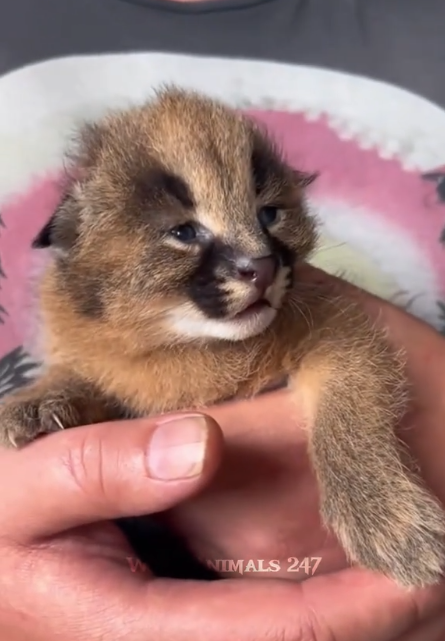
Years passed, but Momo remained the same sweet, fluffy presence in everyone’s lives. Children grew up remembering her soft purrs and cuddles. New families came to the village and were warmly introduced to “our Momo.” The village square even had a little statue of her installed near the fountain—a tribute to the cat who had quietly made everyone’s life a little brighter.
One golden evening, as the sun set behind the hills and bathed the village in warm light, Momo sat by the window with Grandma Lin. Her eyes reflected the orange sky, and her purr filled the room with peace. Outside, the children were playing, neighbors were chatting, and flowers swayed gently in the breeze.
It was just another quiet day in the village—but for anyone who had ever met Momo, it was special. Because she was there, watching, comforting, and simply being the cute cat everyone had come to love.
And perhaps that’s the magic of animals like Momo. They don’t need to speak or do anything grand. With just a soft nudge, a gentle purr, or a warm cuddle, they make the world feel softer, kinder, and more beautiful.
Yes, she was just a cat. But to the village, she was much more—she was family, a friend, a healer, and above all, a reminder that love often comes on four paws, wrapped in fur, with twinkling eyes and a heart full of quiet grace.
